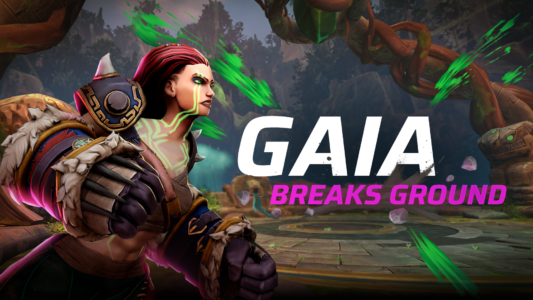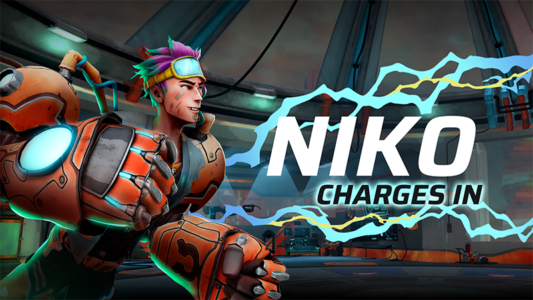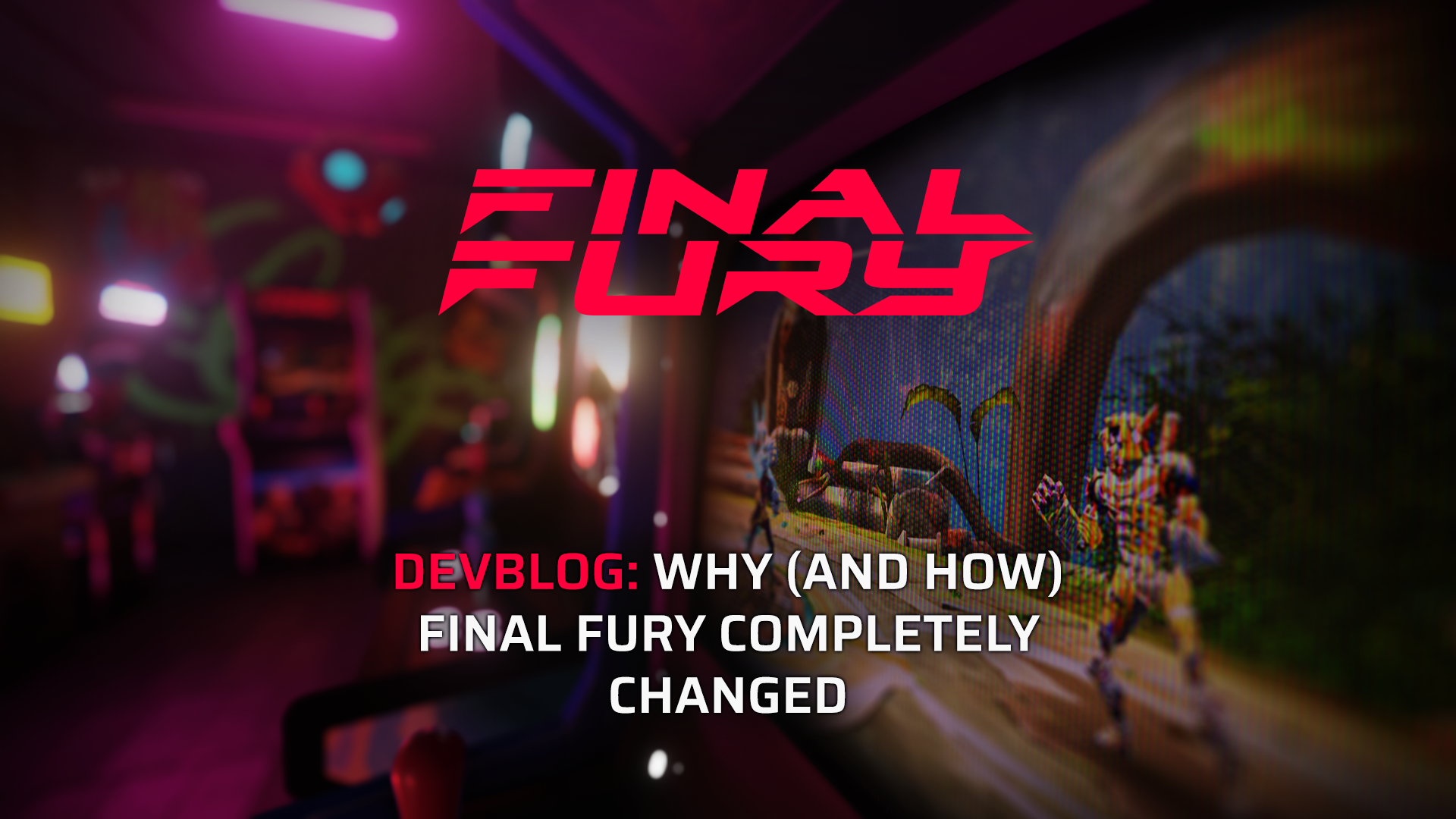
“This isn’t working. We need to rethink things.”
It’s not often you hear these words and it’s followed by good news. Yet, that’s exactly what happened after our FINAL FURY public playtest late last year. We had stages built out, animations made, and systems in place. We even got positive feedback from players! Still, it hit us like a long-range haymaker from Glitch—we needed to rethink the combat controls.
In a VR fighting game, THAT isn’t a decision you make lightly when you’re so far along, but it was the absolute right call. We believe so much in the potential for FINAL FURY, from the dev team trenches to the studio heads of Kluge Interactive, we went quiet for a few months and got to work.
We chronicled a bit of this in a recent blog post, but today let’s dig deeper into what that involves: Going back to prototyping and drastically re-evaluating something so core to FINAL FURY’s design. Then, we’ve got a fun surprise for all you VR fighting fans (a new demo!)…but we’ll get to that in a minute.

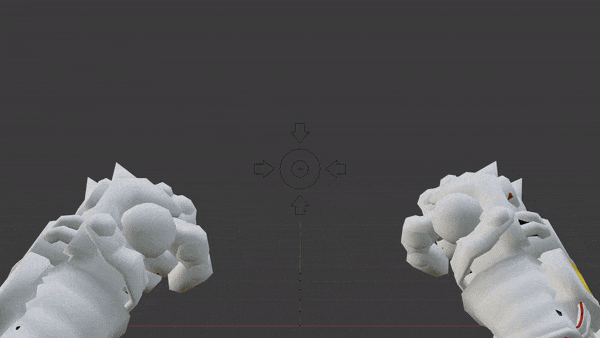
Re-Prototyping How You Fight
FINAL FURY’s original control scheme relied heavily on reflexes, requiring players to juggle multiple inputs simultaneously. In a game like Synth Riders, having complex gestures involving 3D floating elements works great as you feel a musical flow. In a fighting game, though, it pulls you out of the moment-to-moment tactics against an opponent.
So, how do you go about finding the right way to play? To avoid going down endless rabbit holes, we stuck to a “two-month rule” while exploring new control schemes: Have a clear goal for success or failure and two months to explore an idea. “Respecting the timebox at all costs was hard but essential—it was the only way to answer key questions without getting lost in endless iterations,” says Game Design Director Seb Samson.
Think about this re-prototyping process as if you’re mapping out a dungeon. The point is to not go in circles or miss out on items before finding the exit—with the “treasure” here being how we manage the cognitive load. That is, the game’s mechanics should be intuitive with complexity as an optional advanced layer when you apply strategy.
Here’s what we found, step-by-step, along the way.
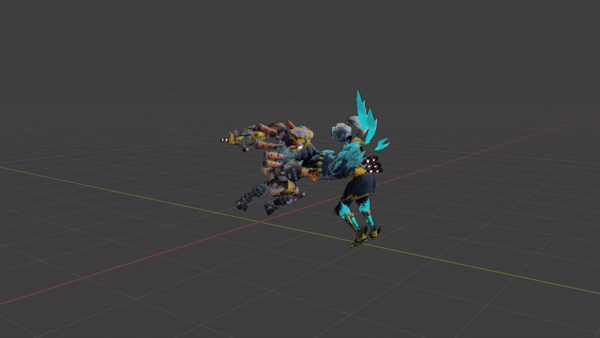

Back To Basics
Nothing was sacred–we went right back to the most basic core mechanics to ensure each aspect stood on its own. One mechanic at a time, we tweaked everything until it felt right.
Then we began testing basic combos.
- Punching vs. Punching: Exploring timing differences makes an impact on how you play. Slower, more deliberate punches felt more impactful and satisfying than faster, weaker ones. Even now, we still explore the range between physically sound and instant punches. For instance, we removed a “fly back” animation during the final implementation post-prototype.
- Moving and Punching: Adding movement introduced a new layer of complexity and fun. Here, dodging was tweaked for more fluidity, allowing players to smoothly evade incoming blows and set themselves up for a counterattack. [Here’s a pro-tip: Hold down the movement stick and if you see an incoming move, tap the dodge button at the right moment to set yourself up to respond.]
- Blocking and Punching: Refining defensive mechanics around blocking and punching came next. In the first implementation of FINAL FURY, you had to hit symbols to block—you were relying on reflexes. The blocking needed to be more flexible and strategic, allowing for different hand positions and a more dynamic defense. Most importantly, clashes between player attacks and enemy blocks needed to feel fair and balanced.
We made a point of building each combination of new controls as self-sustained gameplay. It may sound head-slappingly obvious, but this became the turning point. We formed a solid foundation. Next comes the balancing act between complexity and accessibility, implementing strategic input that doesn’t overwhelm the player.
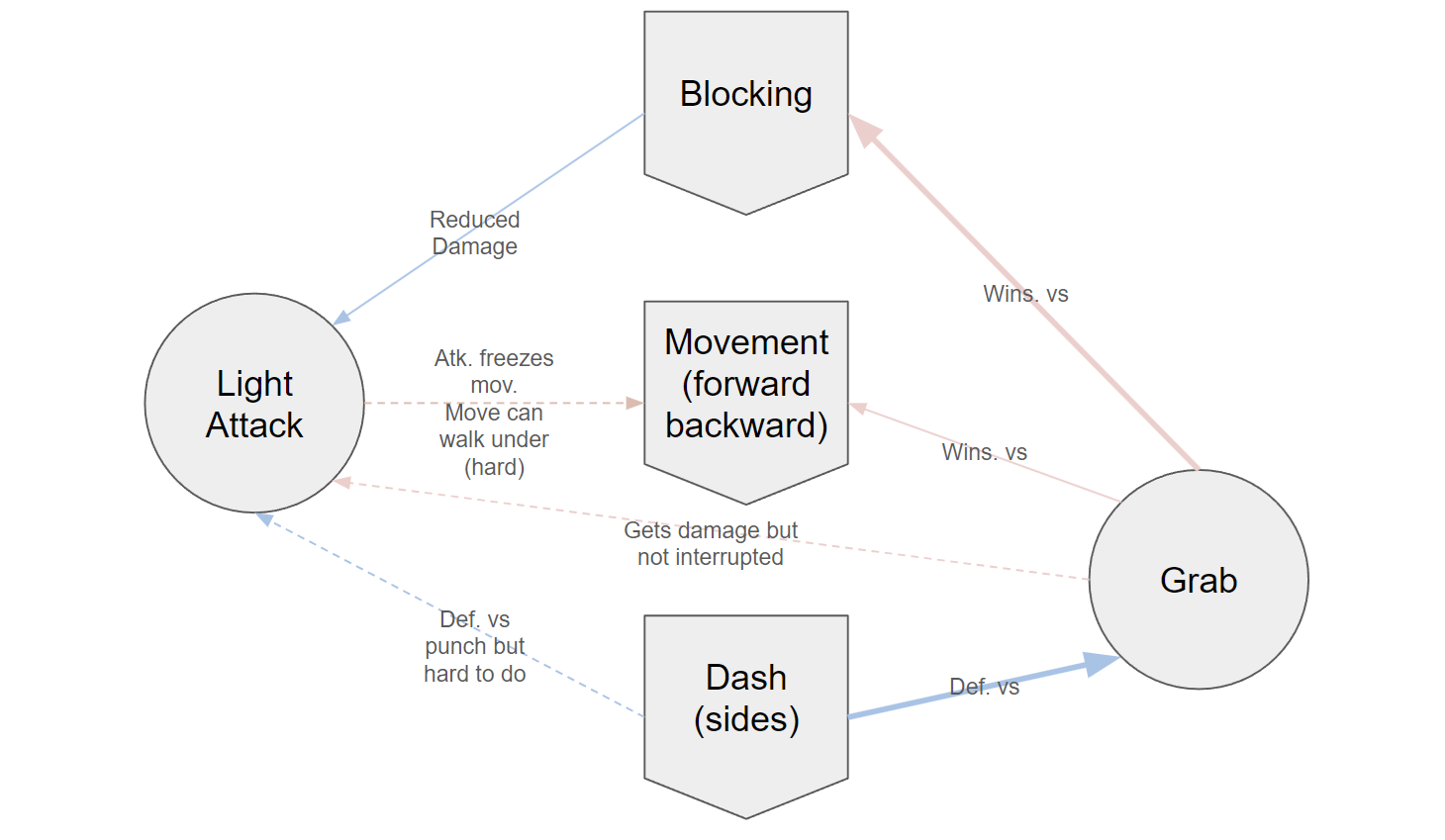

Becoming Your Fighter:
Special Moves and Gestures
Everyone, deep down, wants to perform a Street Fighter-esque “HADOUKEN!” gesture—not through some half-circle joystick flip, but by moving your hands into position and feeling like it’s launching from your palms. We’re aiming for something to feel powerful, natural, and easy to pull off in FINAL FURY.
The catch: Gesture recognition needs fine-tuning to prevent conflicts with similar moves. If a player gears up to launch a distance attack, and then plans to dash in, grapple, and punch, each requires bespoke movements. Playtests revealed that players often rest their arms between key moments, which could unintentionally trigger certain powers.
Take the grab. Originally, it was possible to perform punches from the sides, but that could conflict with grabs (and vice-versa). To solve this, we made grabs and punches more restricted, but mutually exclusive. We isolated the side zones for grabs—after all, both hands are used when you grapple a foe. This combination of creating zones and conditions made grabs more responsive. Better still, it opened the door to “anticipation” phases, creating opportunities for the opponent to react and also create feints to fake out players.
We similarly added proximity-based triggers for power moves. It made the system feel more natural and instinctive, reducing the need for complex gesture chains. The development of new animations for specific characters helped make these gestures feel distinct and meaningful in every case.
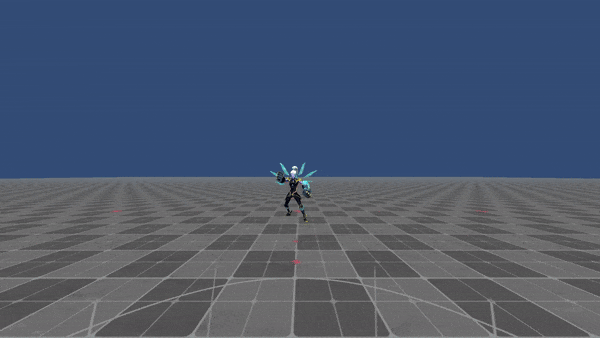

More Hands-On Testing!
Up to this point, it was just a small group spitballing and redefining the combat in FINAL FURY, according to Samson. The real test began as we shared our prototypes with the larger FINAL FURY team—and the feedback was overwhelmingly positive.
Everyone appreciated the new direction and felt more connected to the action. We also gained invaluable insights. One great example: People play differently—standing or sitting—and we need to account for that. This highlighted the importance of more flexible controls.
Also, not all gestures are created equal. How you instinctively form a ranged attack can vary whether you grew up playing Street Fighter or watching something like Dragonball Z. [HINT: In FINAL FURY, form your hands together to one side of your body to form Tempest’s Arctic Blast attack.]
Making adjustments in gesture detection and how throwing punches feel is an ongoing process even now. The learnings we hope to gain as we continue development doesn’t stop here. In fact, this is as good a segue as any for some exciting news we have coming!

A New Tech Demo, Playable Oct 14
We took the time to go back and redesign core combat components and bring them to where we are now. The results of that hard work will soon be in your hands. A demo is coming during Steam Next Fest 2024.
So where do you come in? Glad you asked! Starting Oct 14 YOU get to experience everything that we’ve been talking about here. We have a demo going up and you are invited to join us! You will get to play as two of the FINAL FURY fighters – Glitch and Tempest – each with unique skill sets and play styles. Spar offline against AI or challenge a buddy online, we want to put you into the intergalactic arena and hear what you think!
Then, join our Discord and tell us what works — or what could use more work — as we continue building this VR fighting game of the future.
We couldn’t have come this far without the love and support of our larger community and we appreciate everything you bring to the fight even now, in these early rounds.

Community Tournament
As a celebration of our involvement in Steam Next Fest we want to find out who in the community is the king or queen of the intergalactic ring. To that end, we’re running a tournament to answer that question.
There are more details on our Discord but if you want to get involved sign-up to participate by filling in this form.


